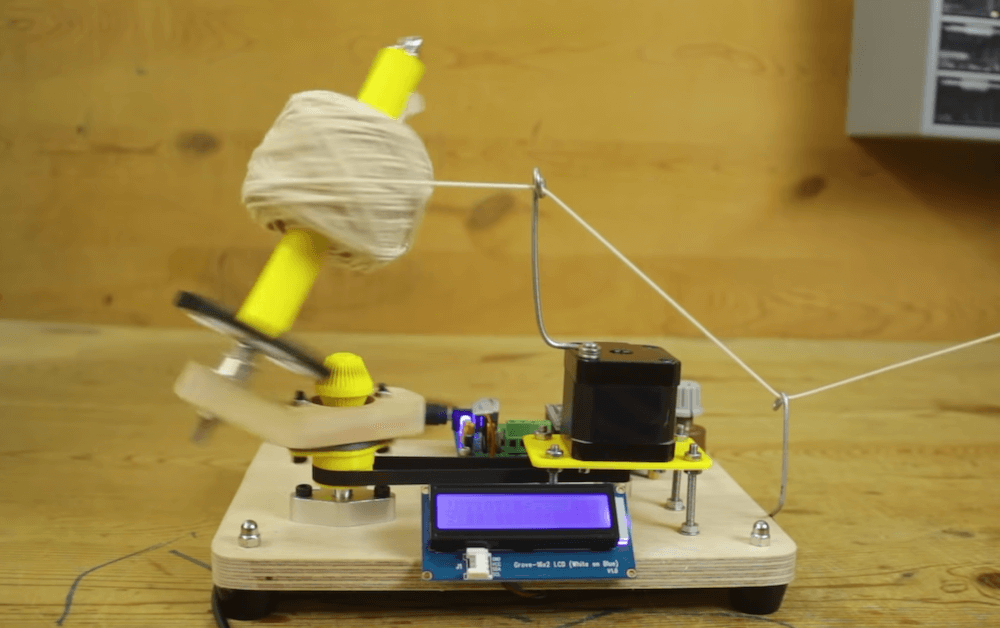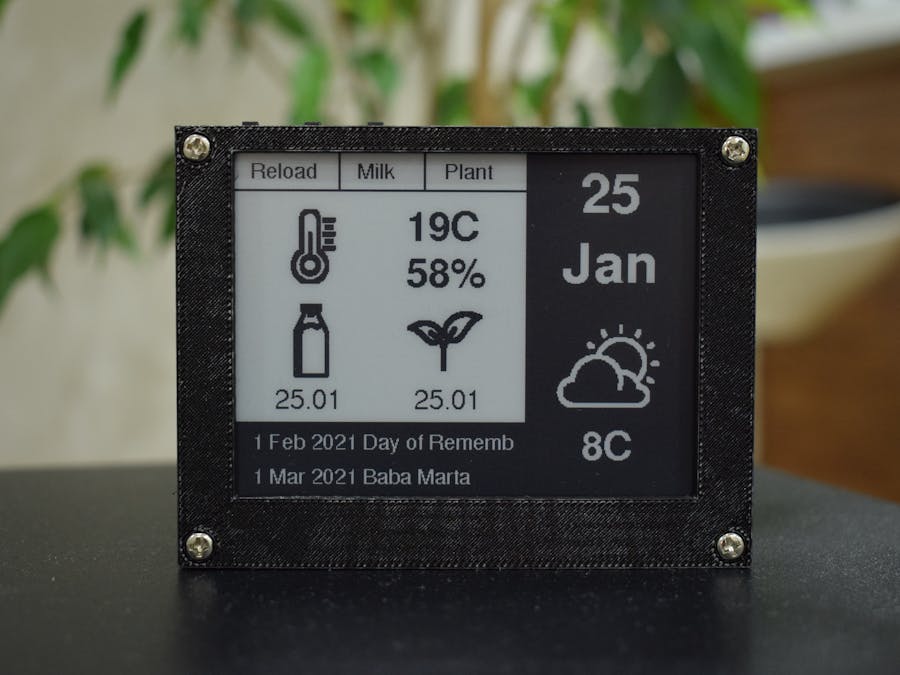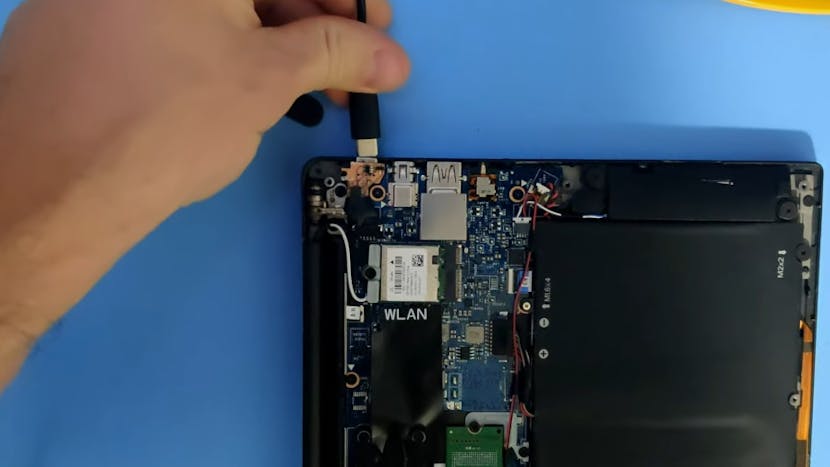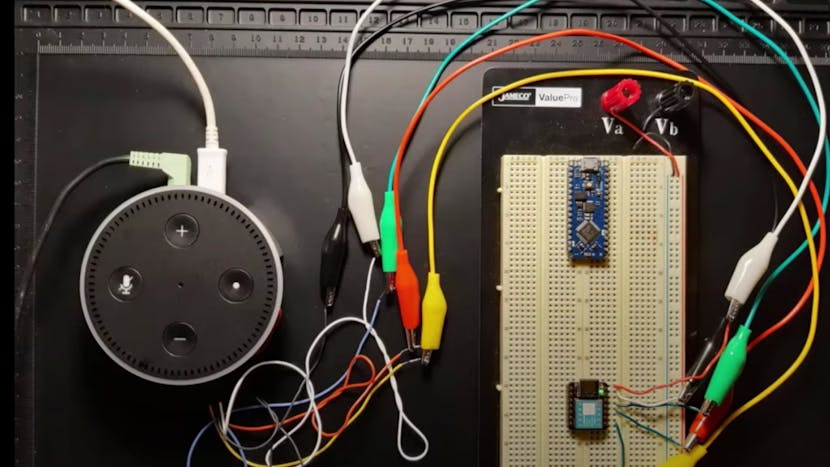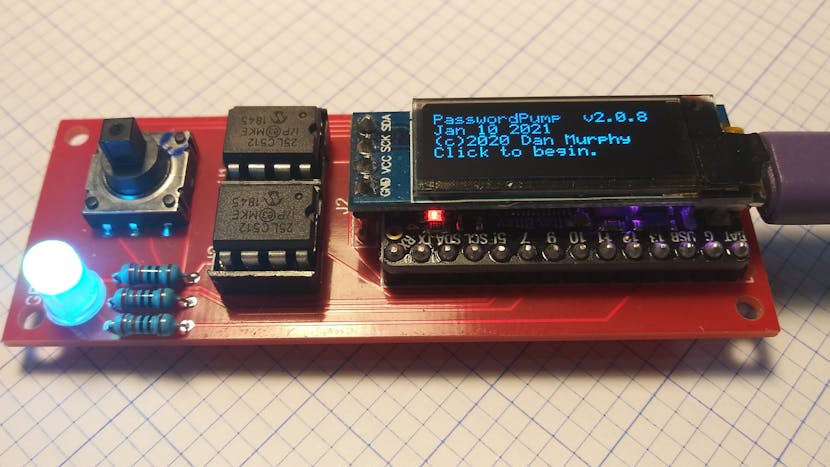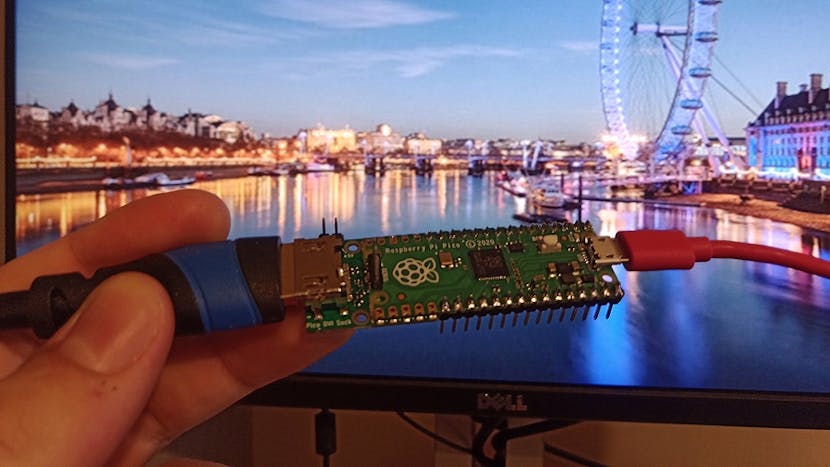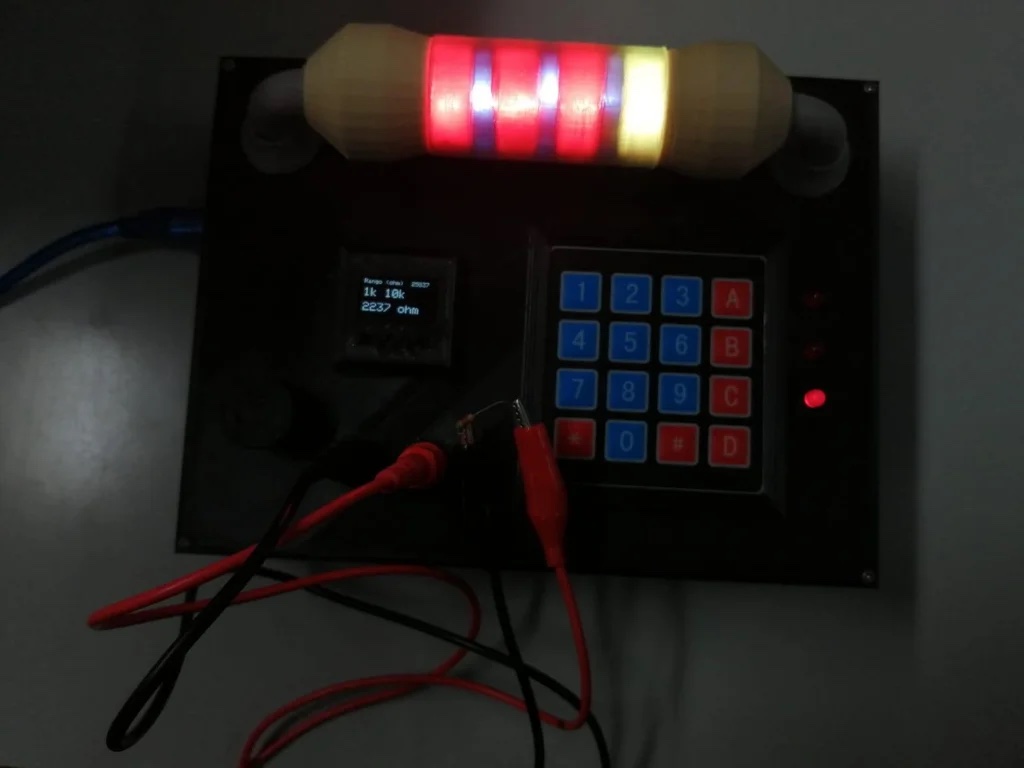If you’ve ever wanted to wind balls of yarn, then look no further than this automated machine from Mr Innovative. The YouTuber’s DIY device is powered by an Arduino Nano and an A4988 stepper driver, spinning up a round conglomeration of yarn via a NEMA17 motor and a timing belt.
The ball is wound on an offset spindle, which is mechanically controlled to pitch back and forth and spin itself as the overall assembly rotates, producing an interesting geometric pattern.
